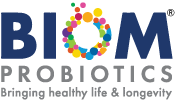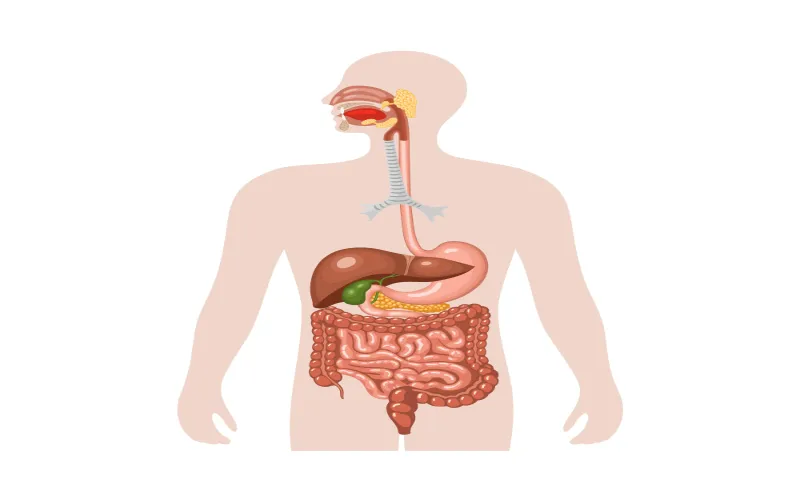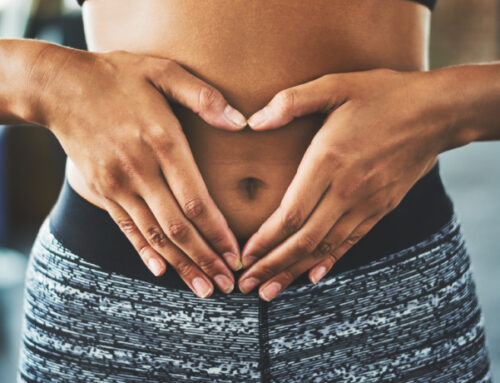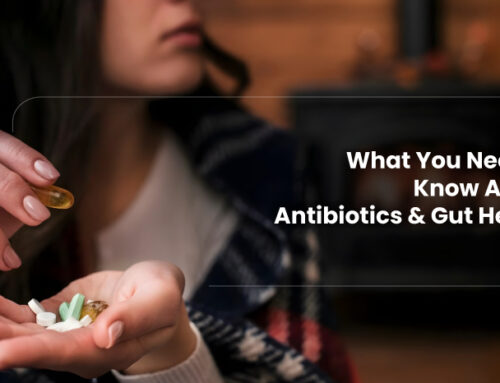The human body is a marvel, particularly when processing food. The journey food takes, from entering our mouths to providing our cells with essential nutrients, is intricate and fascinating. The most common questions revolve around the difference between ingestion and digestion. What roles do these processes play in our bodies? How do they contribute to overall nutrition? Dive into this comprehensive guide as we answer these questions and more.
Understanding the Basic Terms: Ingestion vs Digestion
Explore the definitions and primary differences between ingestion and digestion. Know what each process entails and where it takes place in the body.
What is Ingestion?
Ingestion is the process of taking food into the body through the mouth. This is where mastication, or chewing, comes into play. Our teeth and tongue work in unison, breaking down food particles, while saliva, containing enzymes like amylase, begins the breakdown of carbohydrates. This bolus (chewed food) then travels down the esophagus via waves of muscle contractions known as peristalsis.
What is Digestion?
Digestion, on the other hand, is a more complex process. It involves breaking down the ingested food mechanically and chemically into smaller molecules. This breakdown occurs in various digestive system organs, like the stomach and intestines. Enzymes such as pepsin, which functions in the presence of hydrochloric acid in the stomach, and amylase from the pancreas play critical roles. This chemical digestion ensures that food substances are broken down into essential components like carbohydrates, fats, and proteins.
Tracking Food’s Journey: From Ingestion to Elimination
Follow the food’s path, detailing each step and organ’s role from ingestion to eventual waste elimination.
The Beginning: Mouth and Pharynx
Upon ingestion, the process of chewing by our teeth and the secretion of saliva begin the initial breakdown. This moistened food, or bolus, is then pushed into the pharynx, setting the stage for its journey through the digestive tract.
The Stomach’s Role
As the bolus reaches the stomach, it encounters a highly acidic environment. Hydrochloric acid activates enzymes like pepsin, initiating protein breakdown, contractions, and movements of the stomach walls, further aid in mixing food with digestive fluids.
Small Intestine: The Site of Absorption
Post-stomach, the partially digested food, now termed chyme, moves into the small intestine. Here, fats are emulsified with the aid of bile salts from the liver and gallbladder. The pancreas secretes enzymes that break down carbohydrates, fats, and proteins. Most nutrients, including vitamins, minerals, and macronutrients, are absorbed through the lining of the small intestine into the bloodstream.
Large Intestine and Elimination
What remains is that indigestible fibers and waste products advance to the large intestine. Water, vitamins, and some minerals are further absorbed here. Bacteria present play a role in fermenting some of the substances. Eventually, the solidified waste is eliminated through the rectum and anus as feces.
The Significance of Each Process
Understand why both ingestion and digestion are vital for the human body.
Ingestion: The Starting Point
Without ingestion, the body wouldn’t receive the food required for energy and growth. It sets the tone for the entire digestive process, ensuring the digestive system gets the right food particles to work on.
Digestion: Extracting Nutrients
Digestion’s role cannot be understated. It ensures that our body extracts essential nutrients from the food we ingest. These nutrients are then used for energy, growth, and cell repair. Every bite we take is transformed into usable components, ensuring our body functions optimally.
Difference Between Ingestion and Digestion
Here’s a difference table between “Ingestion” and “Digestion.”
| Criteria | Ingestion | Digestion |
| Definition | The process of taking food into the body through the mouth. | The process of breaking down the ingested food, both mechanically and chemically, to extract nutrients. |
| Primary Location | Mouth | Starts in the mouth and continues in the stomach, small intestine, and large intestine. |
| Organs Involved | Mouth and esophagus. | Mouth, esophagus, stomach, small intestine, large intestine, liver, pancreas, and gallbladder. |
| Primary Function | Intake of food and beverages. | The body can absorb mechanical and chemical breakdown of food into smaller components. |
| Enzymes Involved | Salivary amylase in the saliva starts the breakdown of carbohydrates. | Various, including salivary amylase, pepsin, lipase, trypsin, and many others, depending on the region of the digestive system. |
| End Result | Bolus (chewed and mixed food with saliva) is ready to be swallowed. | Nutrient molecules (such as glucose, amino acids, and fatty acids) are ready for absorption into the bloodstream. |
| Duration | Relatively quick, lasting only as long as it takes to chew and swallow food. | The longer process can last several hours as food moves through the entire digestive tract and gets broken down and absorbed. |
| Nature of Process | Mechanical (chewing and swallowing). | Both mechanical (chewing, churning) and chemical (enzyme action). |
This table highlights the primary distinctions between ingestion and digestion, elucidating their unique roles in nutrition.
Conclusion
In conclusion, when discussing “ingestion vs digestion,” it’s clear that both processes are indispensable steps in the intricate dance of nutrition. From the simple act of taking in food to the complex steps of breaking it down and absorbing its nutrients, our body is a marvel of nature, dedicated to extracting every bit of nutrition it can from the foods we consume.
What is the primary difference between ingestion and digestion?
Ingestion refers to taking food into the body through the mouth, while digestion is the breakdown of this food, both mechanically and chemically, to extract nutrients.
Where does ingestion begin?
Ingestion begins in the mouth, where food is taken in and initially broken down by the teeth and mixed with saliva.
What organs are primarily involved in digestion?
The digestive organs include the mouth, esophagus, stomach, small intestine, large intestine, liver, pancreas, and gallbladder.
How are nutrients absorbed in the body?
Most nutrient absorption occurs in the small intestine, where digested food components are taken up into the bloodstream.
What role does the stomach play in digestion?
The stomach mixes the food with digestive juices, primarily hydrochloric acid and enzymes like pepsin, which initiate the breakdown of proteins.




